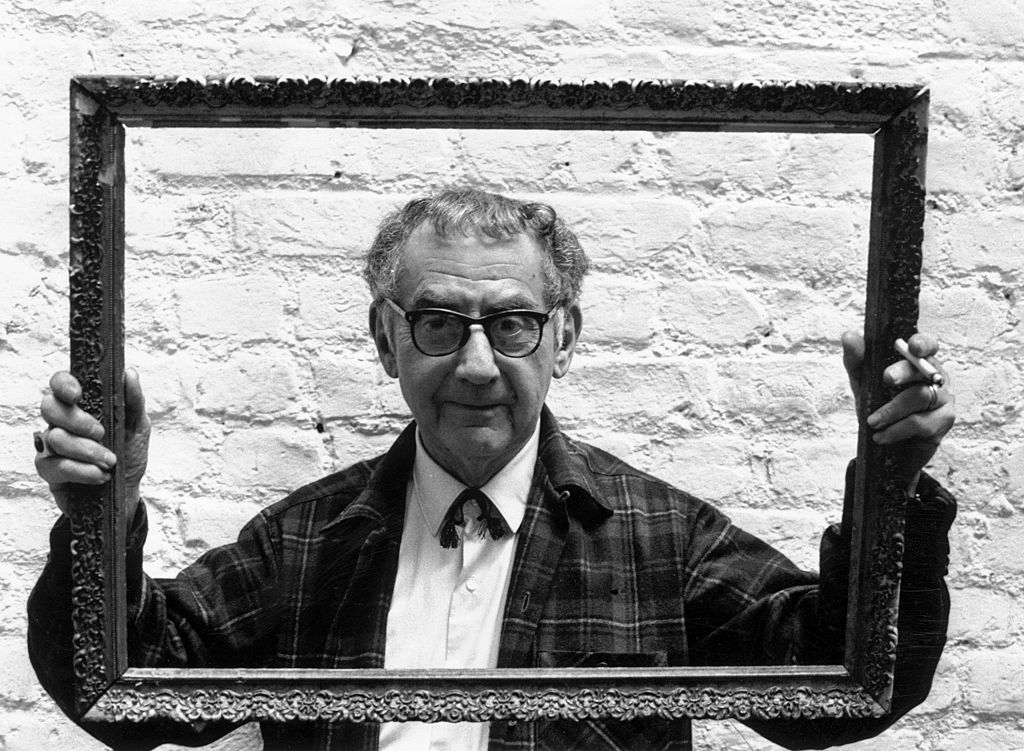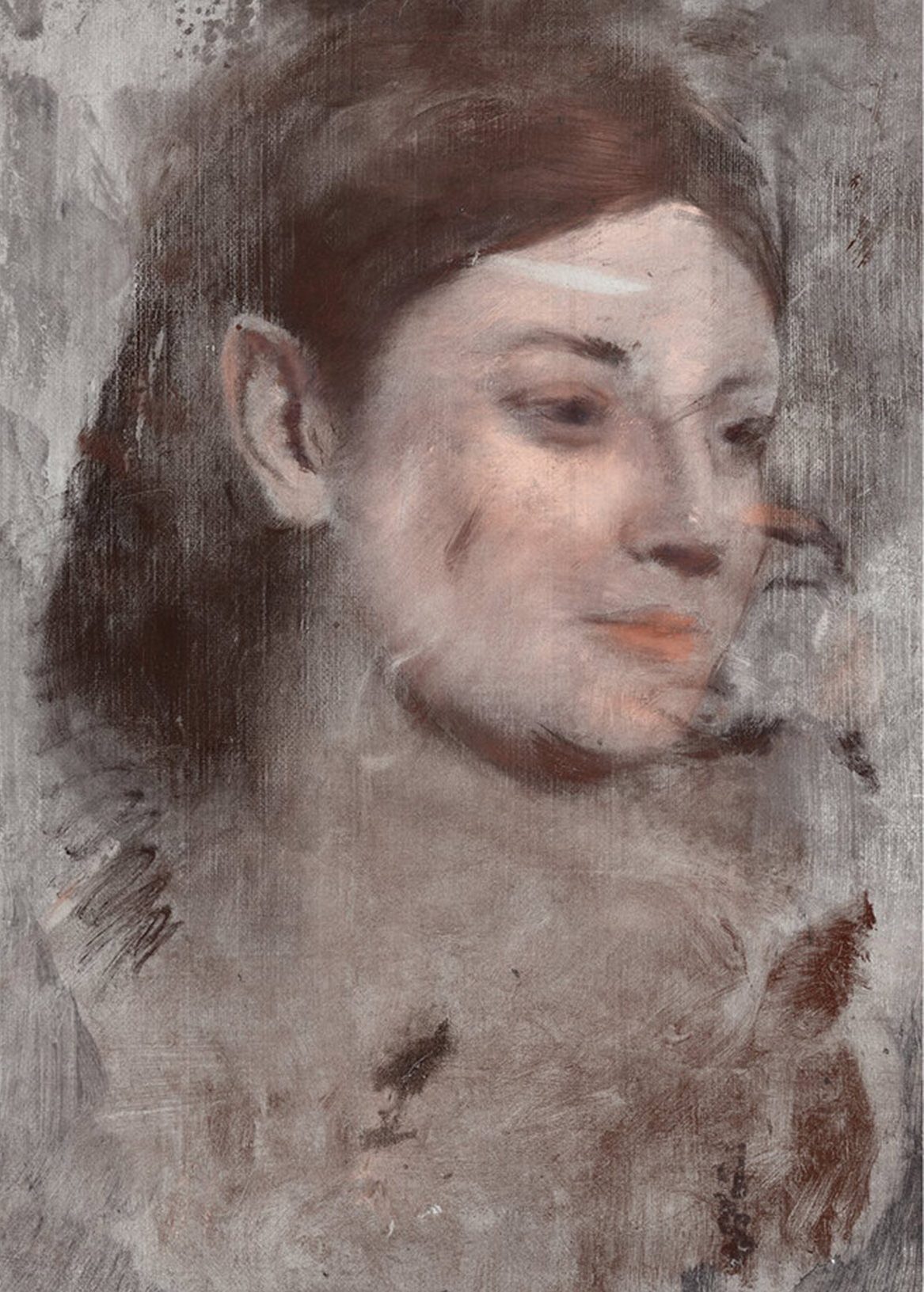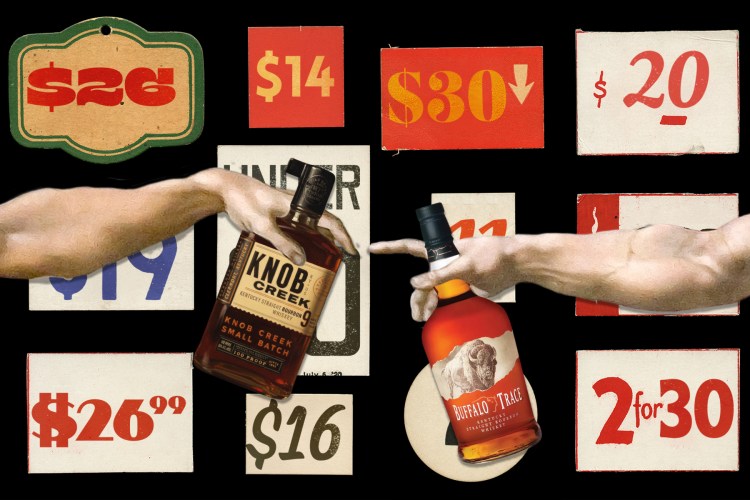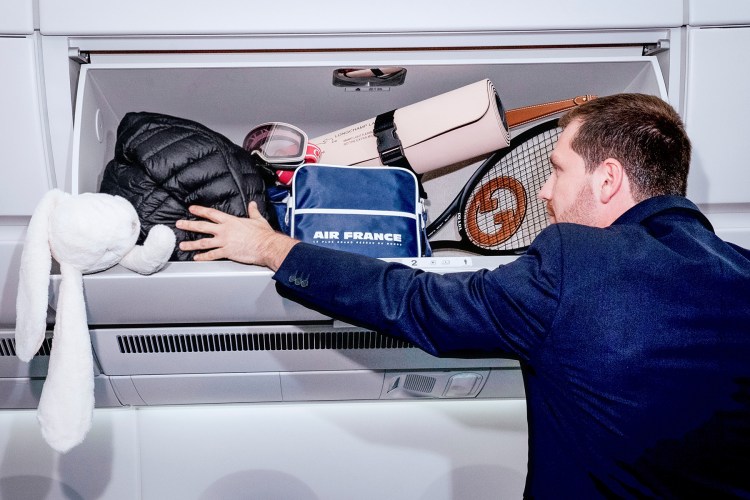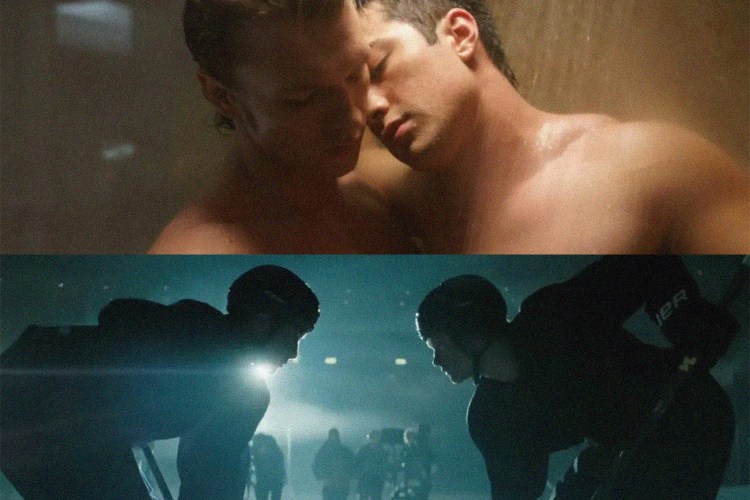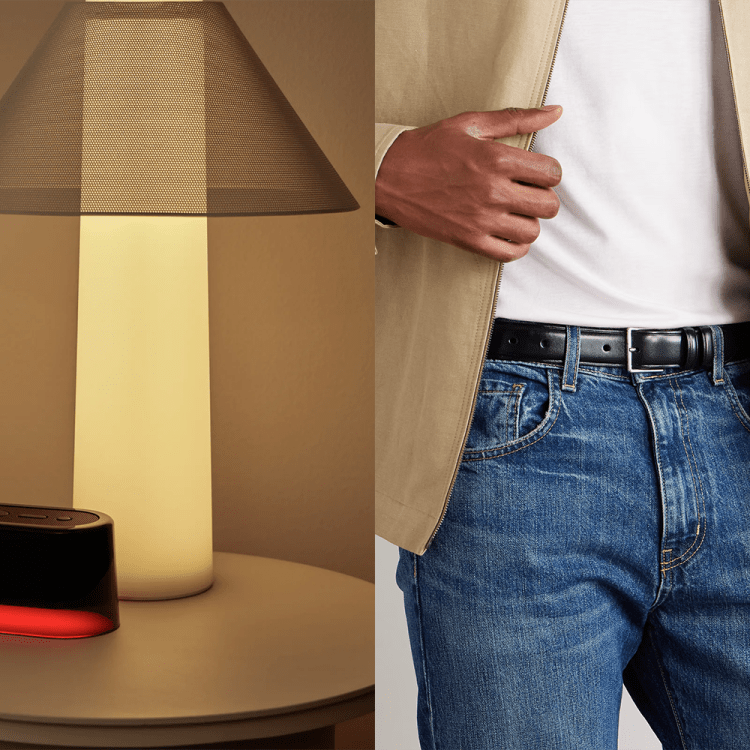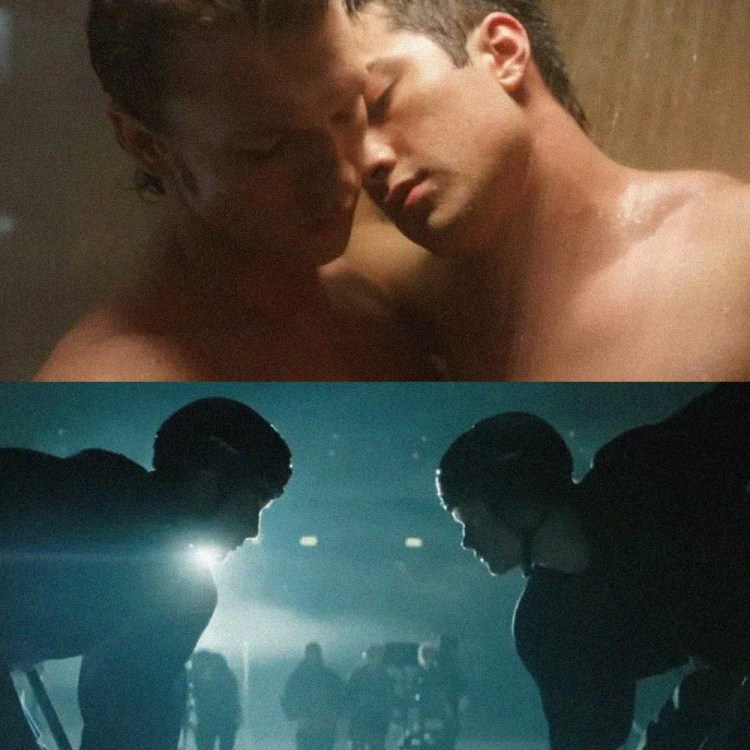On Tuesday, March 2, Christie’s is set to auction off 188 items in Paris as part of Man Ray et les surréalistes. Collection Lucien et Edmonde Treillard. For those with an interest in the Surrealist movement — and especially the mesmerizing, haunting images created by Man Ray over the course of several decades — it’s a significant array of notable art and ephemera, which also includes art by Max Ernst and Marcel Duchamp. But in the opinion of one organization tasked with securing Man Ray’s legacy, something about this auction is very, very wrong.
On March 1, a man named Matt Browner Hamlin posted a long thread on Twitter that kicked off with a warning that Christie’s was “about to auction off hundreds of pieces of artwork that were stolen from my family.” If the last name Browner looks familiar in this context to art history buffs, it should — Browner Hamlin’s great-aunt was Juliet Man Ray (née Browner), Man Ray’s wife. The couple married in 1946, and their marriage lasted until Man Ray’s death 30 years later. Juliet founded the Man Ray Trust; its work was continued after her death in 1991 by members of her family.
The Man Ray Trust contends, in a statement, that the source of the lots lacks clear title for the majority of the items up for sale — specifically, 148 out of the 188 total. Lucien Treillard was Man Ray’s assistant, and the Trust believes, based on the advice of contemporaries of the Man Rays, that Treillard “stole a substantial number of Man Ray’s works and possessions immediately following his death.” Hence the controversy.
According to trustee Richard C. Hamlin, the Trust first learned about the auction last month. “We first heard about it around February 12,” Hamlin told InsideHook via email. “We attempted to negotiate something in private that would be acceptable to all parties.”
That did not go as well as the Trust had hoped. When asked about what an ideal settlement might be like, Hamlin’s response was succinct: “We had sought a negotiated settlement; that appears to be out of the question now.”
This is not the first time there’s been friction between Treillard, who died in 2004, and the Man Ray Trust. An in-depth report by Kelly Devine Thomas at ARTnews from June 2002 provides a wealth of detail about both the formation of the Trust and the strained relationship between the two parties over how best to preserve Man Ray’s legacy. (The article also mentions a Man Ray-themed restaurant in New York City whose investors included Harvey Weinstein, Johnny Depp and Sean Penn — several names that read slightly differently in 2021.)
In the 2002 ARTnews article, Thomas noted that Treillard “[had] a collection of some of Man Ray’s greatest works.” Treillard denied removing any work from Man Ray’s studio, though Thomas also quotes art dealer Timothy Baum stating that “no one knows” precisely how Treillard’s substantial collection came about. Treillard also said that he was unable to remember the name of the person from whom he had acquired many of the works in his collection.
Hamlin pointed out on Twitter that Treillard himself admitted in the past to having falsely authenticated Man Ray works — a fact acknowledged in the literature for the Christie’s auction.
Both the Man Ray Trust and Christie’s have cited experts backing their points of view. In the case of the Trust, Ray scholar Steven Manford argued in a written statement that “new research findings based on what can be viewed in the online catalogue appear to undercut the authenticity of several of the works on offer, and to cast further doubt on the provenance of most.” For their part, Christie’s cited “scholars highly recognized internationally in the field” as backing their position.
Perhaps most sensationally, Hamlin alleges that per his understanding of French law, “stolen items whose title is not disputed as stolen for 30 years become the property of their possessor” — a period which would have expired just weeks ago. For their part, Christie’s disputes this accusation in particular, asserting that the auction was scheduled for 2020 but postponed due to coronavirus.
When asked for comment, a Christie’s representative responded with the following statement:
“Thank you for bringing these concerns to our attention. We have conducted an extensive investigation into this collection and have sought the opinion of scholars highly recognized internationally in the field such as the Man Ray committee which authenticated the works present in this sale, as well as Emmanuelle de L’Ecotais, specialist of Man Ray and consultant for this sale. Christie’s takes great pride in providing a transparent and legitimate marketplace for artwork and we take issues over the provenance and authenticity of a work extremely seriously. We value our clients and collectors and we would not offer any work for sale if we had any reason to think that there are any issues with the works or that ownership could not pass freely to our buyers at auction.”
“Our sale ‘Man Ray et les Surréalistes: Collection Lucien & Edmonde Treillard’, was first scheduled for the first semester of 2020, but postponed due to Covid 19 to its new date of March 2, 2021. With regard to the request by the Man Ray Trust to further delay the sale, nothing has been provided to us that would give grounds to challenge the legality of the sale. We are continuing to engage with the Trust to answer their concerns and are confident that we can go forward with this sale as planned.”
When asked how the public could support the Trust’s position, Hamlin was direct: “Not to purchase anything at the auction,” he said.
As of Tuesday morning, the auction had begun as planned, much to the dismay of Hamlin and his family’s trust. How the proceedings will play out — and what the effect might be on Man Ray’s legacy — is as yet unwritten. The art in question might be surreal, but the issues at stake here are anything but.
This article appeared in an InsideHook newsletter. Sign up for free to get more on travel, wellness, style, drinking, and culture.
